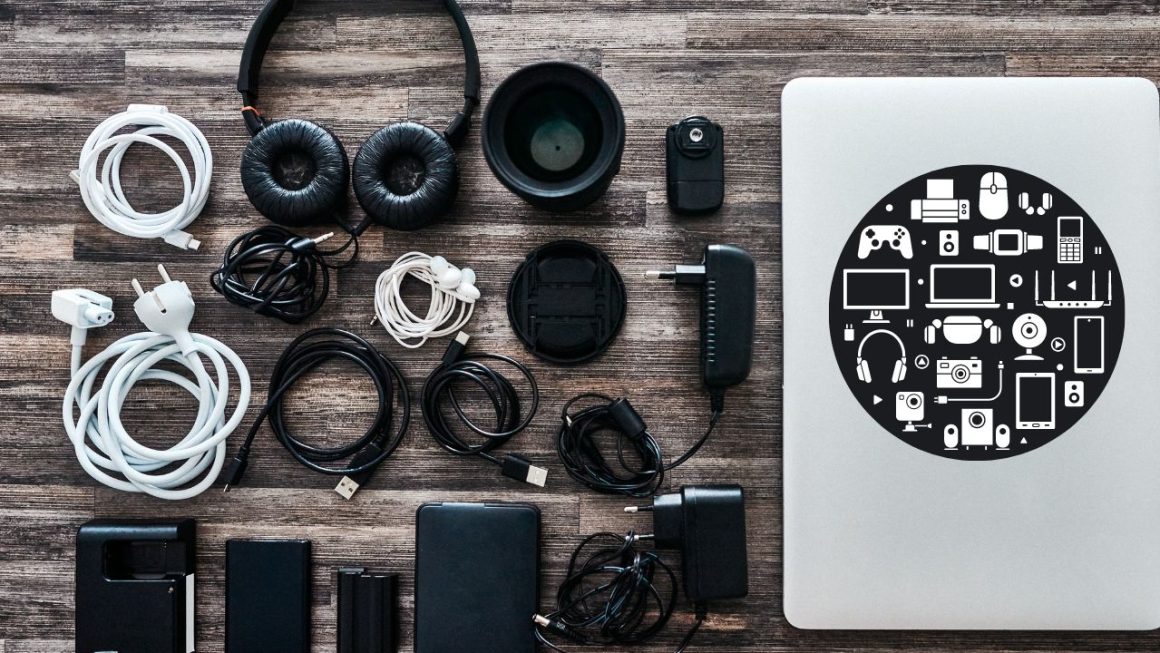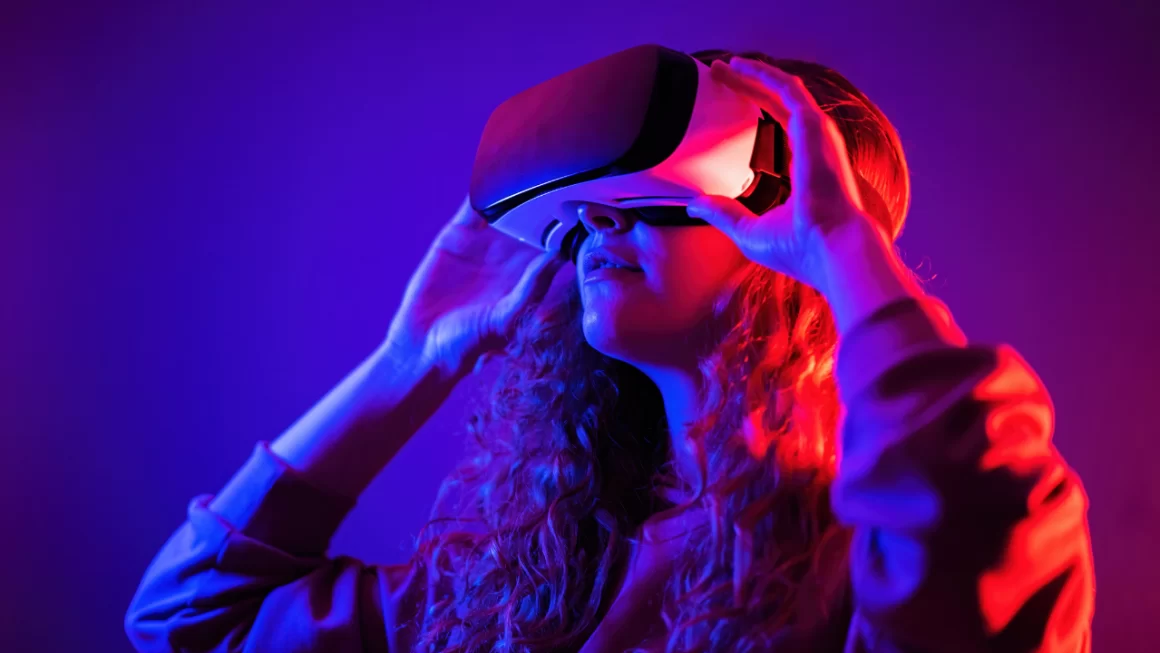Lately, technology has reformed how healthcare is conveyed, making critical advancements in determination, treatment, and patient care. From telemedicine to wearables, the healthcare industry has seen an emotional shift towards additional proficient and powerful strategies for care. These developments have worked on patient results as well as changed the manner in which healthcare experts work, at last prompting better availability and nature of care for patients all over the planet.
1. Telemedicine is altering the manner in which patients get care, considering virtual doctor visits and remote monitoring of chronic conditions.
Telemedicine is changing the healthcare industry by offering patients advantageous admittance to clinical care from the comfort of their own homes. This technology permits people to plan virtual doctor visits through video calls, eliminating the requirement for in-person arrangements that frequently require long periods of stalling time. With only a couple of snaps on a smartphone or PC, patients can interface with healthcare providers and get clinical guidance, remedies, and treatment suggestions.
One of the vital advantages of telemedicine is its capacity to further develop access to healthcare services for people in remote or underserved regions. Patients who live far away from healthcare offices or face transportation hindrances can now get timely clinical care through virtual meetings. This technology is particularly helpful for people with chronic conditions who require regular check-ups and monitoring. With telemedicine, patients can undoubtedly speak with their healthcare providers, track their symptoms, and get personalised care intended to deal with their conditions.
Telemedicine additionally upgrades the general patient experience by offering advantageous and adaptable choices for healthcare conveyance. Patients never again need to put a hold on from work or school to go to doctor arrangements, as they can plan virtual visits that fit their bustling timetables. This comfort assists with diminishing missed arrangements and works on patient commitment to their own healthcare. Furthermore, telemedicine permits healthcare providers to offer more adaptable hours and increase their accessibility to patients, prompting better congruity of care and working on patient fulfilment.
One more significant part of telemedicine is its role in advancing preventive care and early mediation. By empowering remote monitoring of chronic conditions, telemedicine technology permits healthcare providers to follow patients’ health measurements, for example, circulatory strain, glucose levels, and prescription adherence, continuously. With this proactive way to deal with healthcare, the executives can assist with distinguishing potential issues from the get-go and forestall entanglements before they escalate. It likewise enables patients to assume command over their health and settle on informed conclusions about their treatment plans.
Additionally, telemedicine has been instrumental in diminishing healthcare costs for patients and providers alike. Virtual doctor visits are in many cases more reasonable than customary in-person arrangements, as they dispense with costs connected with transportation, stopping, and lounge area expenses. By smoothing out the healthcare conveyance process, telemedicine technology assists with bringing down costs for healthcare providers and further developing productivity in conveying care. This cost-viability makes healthcare benefits more open and reasonable for a more extensive scope of patients, eventually further developing health results and decreasing overall healthcare spending.
2. Electronic health records are smoothing out patient data, making it simpler for healthcare providers to get information and give more personalised care.
Electronic health records (EHRs) have altered how patient data is overseen in the healthcare industry. Generally, patient records were kept in actual documents, making it time-consuming and arduous for healthcare providers to get to fundamental information about their patients. With the coming of EHRs, patient data is currently stored electronically, smoothing out the most common way of updating, recovering, and dividing information between healthcare providers.
One of the critical advantages of EHRs is the straightforwardness with which healthcare providers can get patient information. Gone are the days of looking through piles of paper records to find a patient’s clinical history, test results, or drug list. With EHRs, this information is accessible at the snap of a button, permitting healthcare providers to rapidly get to the information they need to come to informed conclusions about a patient’s care.
In addition to the fact that EHRs make it simpler for healthcare providers to get patient data, they also consider more personalised care. By having a complete perspective on a patient’s clinical history, healthcare providers can all the more likely comprehend their special health needs and design treatment designs accordingly. For instance, in the event that a patient has a history of sensitivity to specific prescriptions, this information can be easily gotten in their EHR, guaranteeing that the healthcare supplier picks a protected and powerful treatment choice.
EHRs additionally work with correspondence and coordinated efforts among healthcare providers. Previously, paper-based records made it hard for various providers to share information about a patient’s care. With EHRs, however, various healthcare providers can access and update a patient’s record continuously, guaranteeing that everybody engaged with the patient’s care is in total agreement.
Besides, EHRs can work on the general nature of care that patients get. By having an incorporated framework for overseeing patient data, healthcare providers can without much of a stretch track and monitor a patient’s advancement over the long run. This considers better coordination of care, prompting further developed results for patients.
One more significant advantage of EHRs is that they can assist in reducing clinical mistakes. With paper-based records, there is consistently a risk of information being lost, confused, or lost. EHRs lessen the probability of mistakes by providing a normalised and coordinated framework for overseeing patient data.
3. Wearable devices enable people to follow their own health measurements, for example, heart rate and activity levels, prompting a more noteworthy spotlight on preventive care.
Technology has really reformed the healthcare industry in numerous ways, and one significant headway that is changing the game is the ascent of wearable devices. These devices, like wellness trackers and smartwatches, are enabling people to assume responsibility for their own health by following significant measurements like heart rate, activity levels, and even rest designs. This freshly discovered capacity to monitor our own health continuously is prompting a more prominent spotlight on preventive care, which can possibly further develop in general health results and lessen healthcare costs over the long haul.
By monitoring their heart rate and activity levels over the course of the day, people can acquire important bits of knowledge about their general health and come to additional educated conclusions about their way of life decisions. For instance, somebody who sees that their heart rate spikes during times of pressure might be more inspired to rehearse unwinding techniques or look for proficient assistance to deal with their feelings of anxiety. Likewise, following activity levels can help people put forth and accomplish wellness objectives, prompting a more dynamic and healthy way of life.
As well as monitoring actual work, wearable devices can likewise follow other significant health measurements, for example, rest designs. Numerous devices are furnished with sensors that can monitor the quality and length of rest, giving clients insight into their rest propensities and distinguishing potential issues like rest apnea or sleep deprivation. By following their rest examples and making adjustments to work on the nature of their rest, people can generally work on health and prosperity.
Besides, wearable devices are likewise making way for more personalised healthcare interventions. With the data gathered from these devices, healthcare providers can acquire a superior comprehension of their patients’ health propensities and customise treatment designs accordingly. For instance, a patient with diabetes who tracks their glucose levels using a wearable gadget can impart that data to their healthcare supplier, who can then change their treatment plan to all the more likely deal with their condition. This degree of personalised care can prompt better health results and a more cooperative connection among patients and healthcare providers.
By and large, the ascent of wearable devices is engaging people to play a more dynamic role in dealing with their own health. By following significant health measurements like heart rate, activity levels, and rest designs, people can settle on additional educated conclusions about their way of life decisions and work towards working on their general health and prosperity. This shift towards preventive care can possibly decrease healthcare costs and further develop health results in the long haul, making wearable technology a significant resource in changing the healthcare industry.



